She was dying in front of us.
-Sarah, Emily's Mum
Emily was a seemingly healthy toddler when she was found to have a very rare and aggressive tumour growing in her brain.
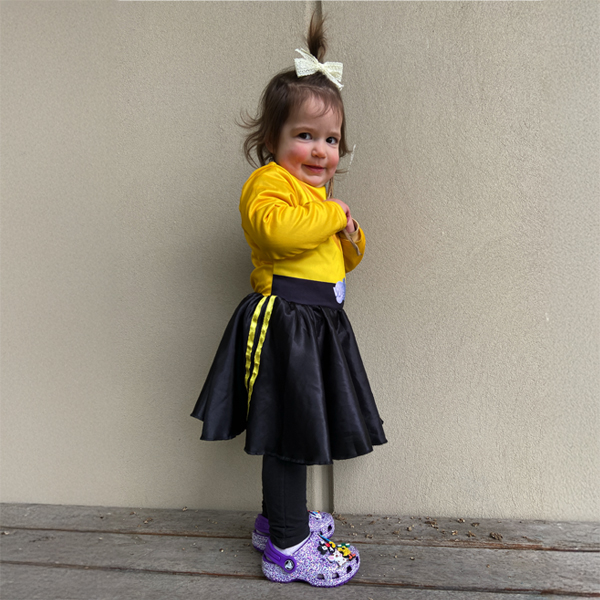
Before diagnosis
Two-year-old Emily was a happy, healthy little girl. Equally at home playing dress-ups, making a mess in the kitchen, or climbing and jumping outside, she was busy living life to the full.
Emily’s mum and dad, Sarah and Jay, often took Emily and her baby sister, Sophie, on family outings to the playground, the shops or the zoo. With both children eating well and sleeping well, Sarah felt everything was perfect.
‘Everything was going really, really well,’ she says. ‘It was just a really happy time for us.’
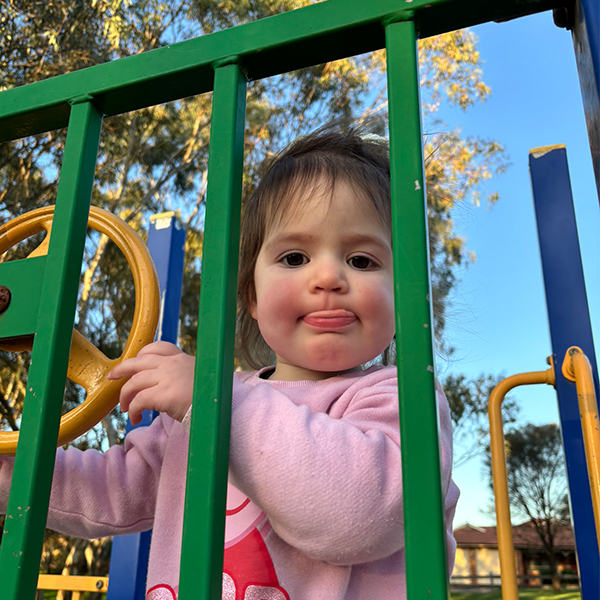
Symptoms
Sarah and Jay noticed that Emily would often wake from sleep shaking slightly. But within about 30 seconds, it would resolve and Emily would appear normal again.
‘We thought she must be cold,’ says Sarah. ‘In hindsight, it was a sign, but we just didn't know it.’
In September 2024 the shaking started happening at other times, and Emily started going to sleep a bit earlier. She had also vomited a few times, but a swab at the GP suggested that Emily currently had a cold and this appeared to be a reasonable explanation for the observed symptoms.
‘None of these things were screaming at us: Something’s wrong,’ says Sarah.
In hindsight, it was a sign but we didn't know it
- Emily, Sarah's Mum
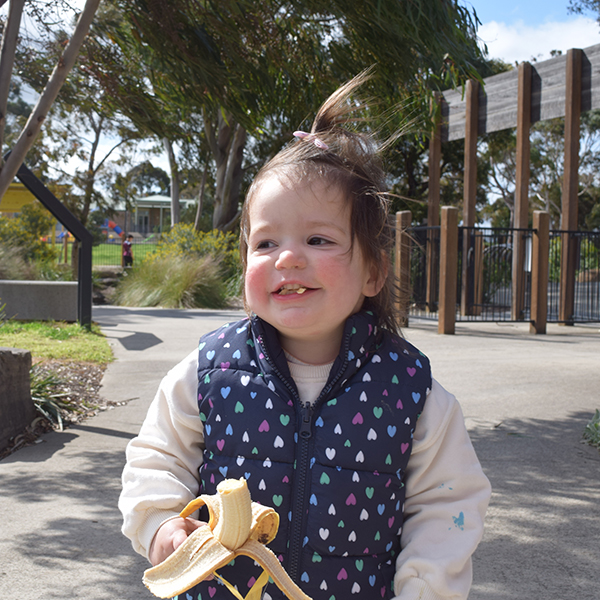
Later that week the shaking began to escalate and red flags began waving. A cold should have run its course by now, but Emily’s symptoms were worse than ever.
After speaking to the staff at Emily’s daycare, who told Sarah they had never seen the shaking in other children before, Sarah sought the opinion of a second GP. However, she was told not to worry unless Emily had trouble doing her normal activities.
Two days later, Sarah saw Emily tremoring as she tried to bring food to her mouth and decided to take her to the Emergency Department of their nearest hospital.
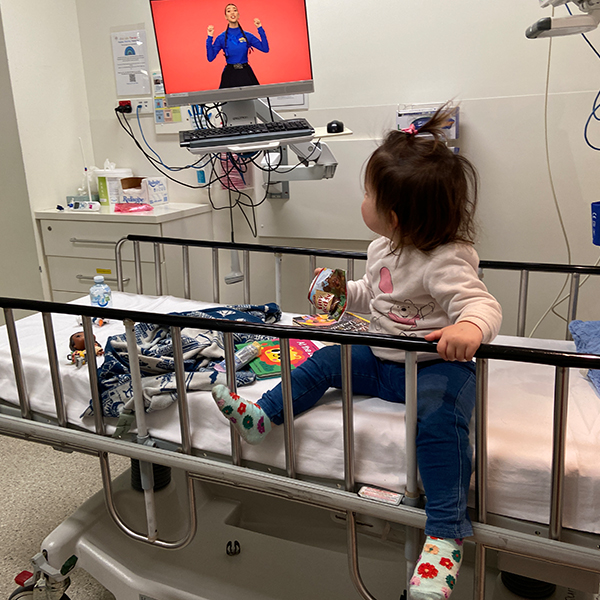
At the hospital
After some basic observations, the hospital sent Emily home, telling Sarah that she needn’t bring her back again unless Emily was no longer able to take care of herself.
‘I kind of just allowed them to tell me what I wanted to hear,’ Sarah shares. ‘Looking back, I should have fought. But I thought, I’m doing everything I can. I’ve gone to the hospital, I’ve gone to two GPs, everyone’s telling me nothing’s wrong.’
The next day, back at home, Sarah and Jay knew something was up when Emily didn’t want to eat her waffles – one of her all-time favourite treats. Sarah and Jay decided to take Emily to the Children’s Hospital. On arrival, Emily vomited in the car.
Everyone’s telling me: nothing’s wrong
- Emily, Sarah's Mum
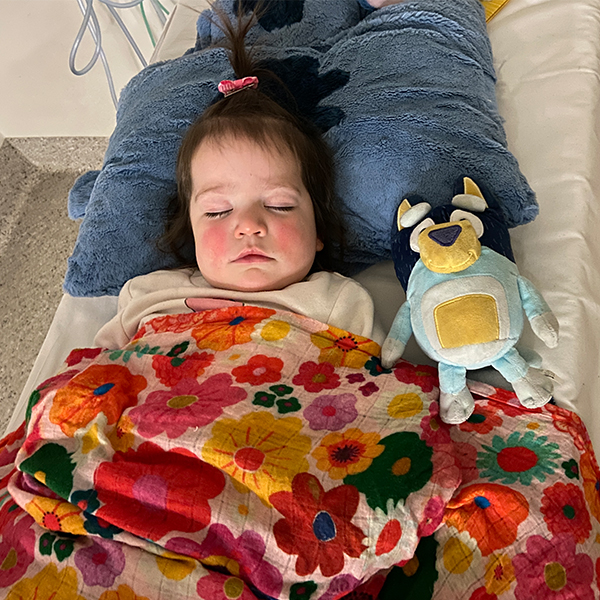
‘I went to the triage nurse and I just broke down,’ shares Sarah. ‘I started crying. I said: Please do something. Anything. This isn’t normal, something is not right here.’
Emily saw a doctor in Emergency, who consulted Neurology. A blood test was done and Emily was kept overnight, then sent for more tests and an MRI scan the following afternoon.
‘She was listless, not interested in food, not really interested in doing anything,’ recalls Sarah. ‘We could see even from the day before how much worse she’d got. Every time she woke up, she was worse, and she wasn't waking up very much.’
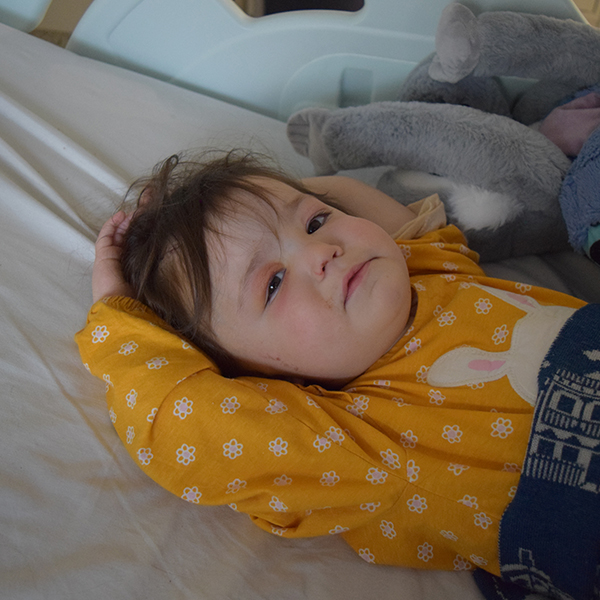
Diagnosis
Two hours later, Sarah and Jay were just about to go to see Emily and find out the results of the MRI when a Neurosurgeon appeared.
‘He sits us down and tells us: We’ve discovered that Emily’s got a major brain tumour,’ Sarah says. ‘It was soul destroying.’
At this point they were unaware of exactly how large the tumor was, only knowing that it was larger than a golf ball – they later learned that it was about the size of an avocado.
When you look at the MRI, her whole brain’s just smushed to the side
- Emily, Sarah's Mum
Sarah and Jay were advised that Emily needed immediate surgery to relieve pressure on her brain, and were warned there was a risk she could lose movement on the left side of her body.
Fortunately, the surgery went well - with most of the tumour removed. When Sarah and Jay went to see Emily afterwards, they found her crawling on the bed, singing songs, and talking about her friends.
Emily’s stay in hospital was difficult, she was lethargic, in pain andher face swelled so much she could’nt seefor several days.. Once home, her mood lifted and she quickly returned to her old self.
A biopsy from Emily’s tumour, examined at the hospital, confirmed it was cancer. She was enrolled on the Zero Childhood Cancer Program (ZERO) and her samples sent to Children’s Cancer Institute for analysis.
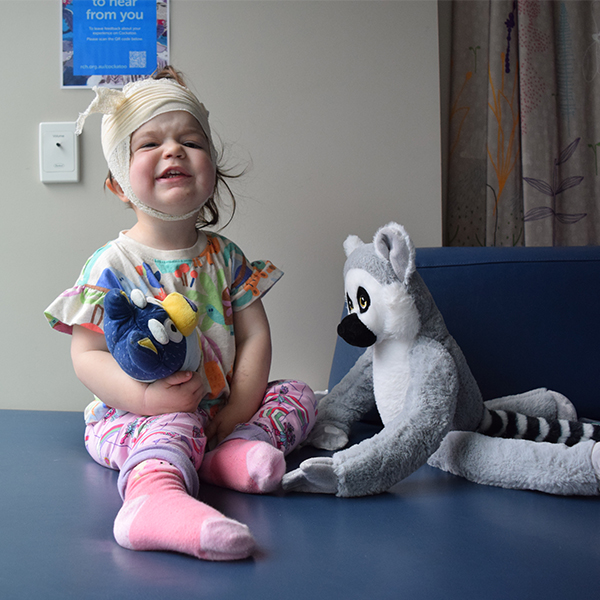
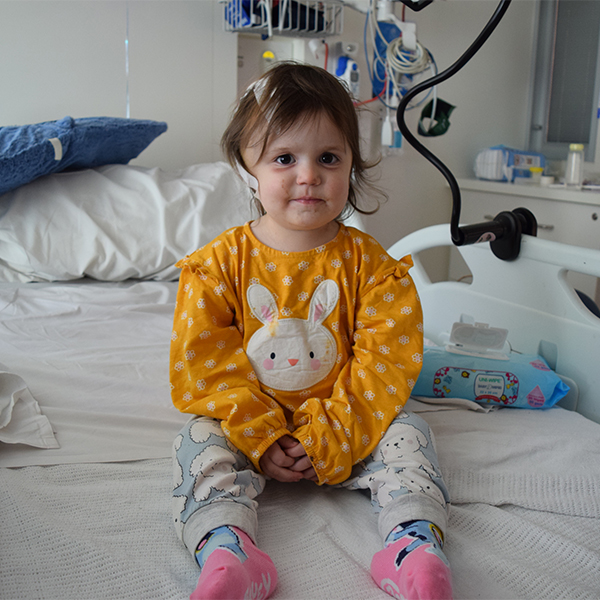
Treatment
Sarah and Jay were told that the best treatment for Emily’s cancer and the remainder of the tumour was going to be surgical removal. When the time came for Emily’s next operation, Sarah says their emotions were mixed.
‘With the first surgery, we had a child who was unresponsive, so we were like: do what you can please. But this time, we’ve got a very well child, an active child, and she’s going back into it.’
They were again warned there was a high chance she would suffer left-sided weakness after surgery. However, again, she appeared to have no side effects and quickly regained function. When the results of Emily’s follow-up MRI became available, it was cause for celebration.
Sarah recalls: ‘The neurosurgeon came in and said, “Sarah, we got it all. Emily has no cancer, no tumour. We got everything.” It was just the best news ever!.’
That was a slap back down to reality
- Emily, Sarah's Mum
The euphoria was short lived. Sarah and Jay were dismayed to discover that Emily’s oncologists were now considering the possibility of proton radiation, a treatment only available in the USA.
‘We thought if they were able to get the tumour in full, we wouldn’t need any other follow-up treatments,’ Sarah says. ‘So that was a slap back down to reality.’
‘Their biggest concern was that the cancer might spread down the spine, so Emily would need extra treatment to try and eliminate any cancer cells that could be lingering. We were told it would be six weeks of treatment, five days a week, and Emily would need a general anaesthetic every time.’
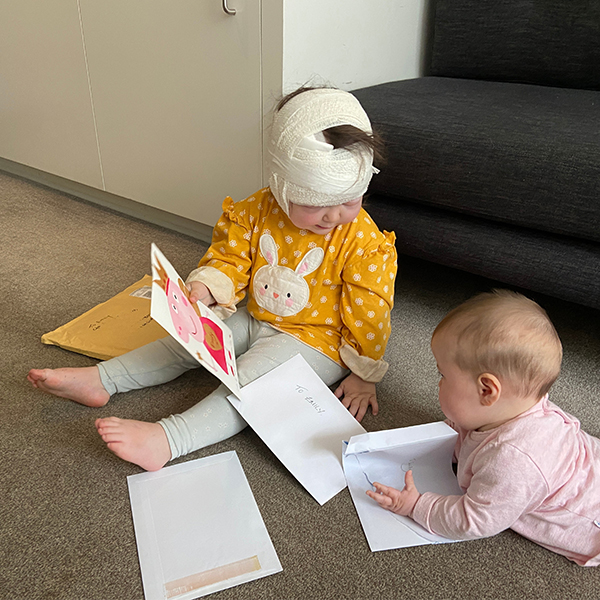
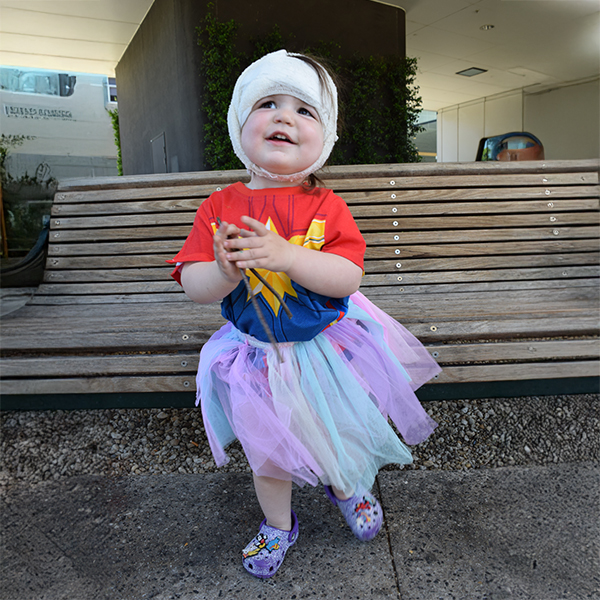
Most concerning of all was that there was almost a certainty that the radiation would hinder long term brain development.
When Sarah enquired about Emily’s future whether she could undergo treatment and still become an independent adult who could live by herself, hold a job and have a family, the answer was ‘we don’t know’.
‘That just didn't sit well with me,’ she shares. ‘I obviously didn't want a cancer-ridden child, but at the same time, I didn’t want to sacrifice her future and development.’
ZERO changes the plan
Sarah and Jay decided they had to go with what the doctors advised was the best way forward. They packed their bags and were ready to fly to the US when the results from ZERO came in.
‘We went into the hospital, and they say, look, we got this last result back, and it's saying something different,’ explains Sarah. ‘They told us: this cancer is similar, but it's rarer ... there’s less than 20 cases worldwide. From the limited cases available when this type of tumour comes back, it tends to come back in the same spot.’
This was a critical piece of information for Sarah and Jay, who, after much discussion with the medical team, decided to defer radiotherapy and take the risk that the tumour would not return for manyyears, or at all.
‘Given Emily's young age, radiotherapy would have very serious consequences, so we wanted to be cautious’, Sarah explains.
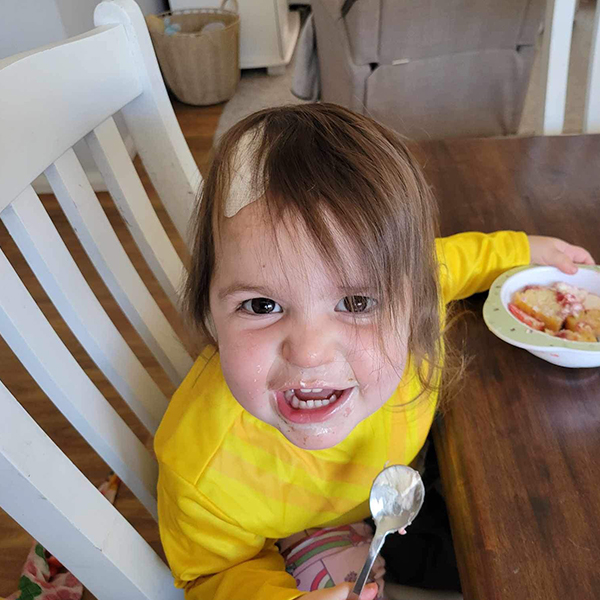
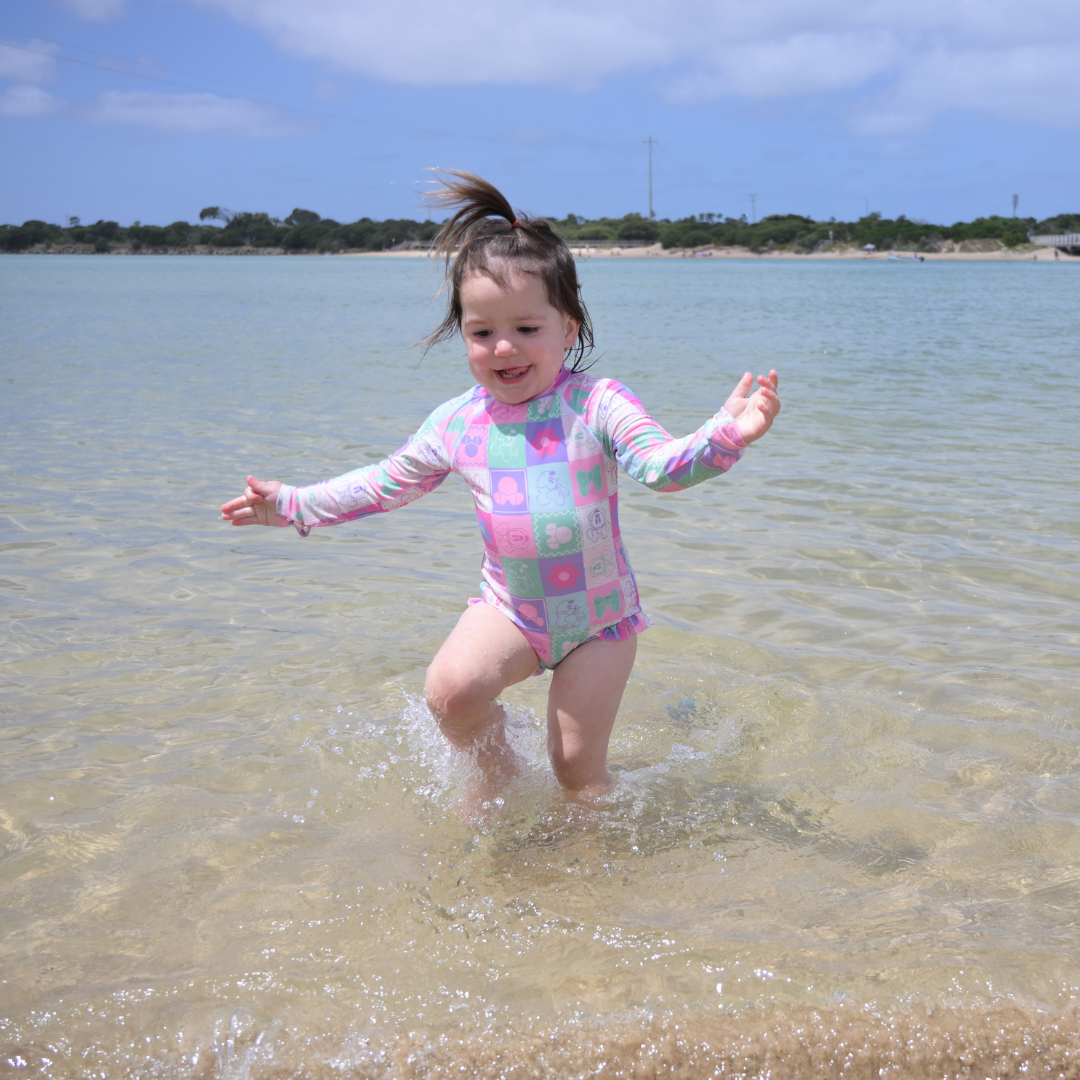
The cancer returns
In April 2025, a scan revealed that Emily’s cancer had sadly returned.
‘It was a small growth in the same spot and to our relief, it had not spread,’ says Sarah. ‘The Neurosurgery team were able to operate within a couple of weeks and successfully removed all of the tumour’. Emily’s recovery was swift, she exceeded the expectations of the medical team as she was running and climbing the day after her surgery. As a result, she was discharged 48 hours after coming out of the theatre and was able to spend Mother’s Day at home with her family.
‘Whilst a part of us knew that this tumour may return, we were holding hope that it would be a good few years before it came back,’ Sarah shares. ‘This now means that Emily has to have radiotherapy … it's not negotiable.’
In July 2025, Emily started proton radiation treatment in the USA, which coincided with her third birthday. At the time, Sarah said while the reality of treatment was scary and distressing, the family was 'doing okay and holding onto hope.'
"If it weren't for ZERO, Emily would have already received treatment, and that would have negatively impacted her development. Hopefully now she's older, this means that the treatment will have a lesser impact, and her future will be a bit brighter." said Sarah.
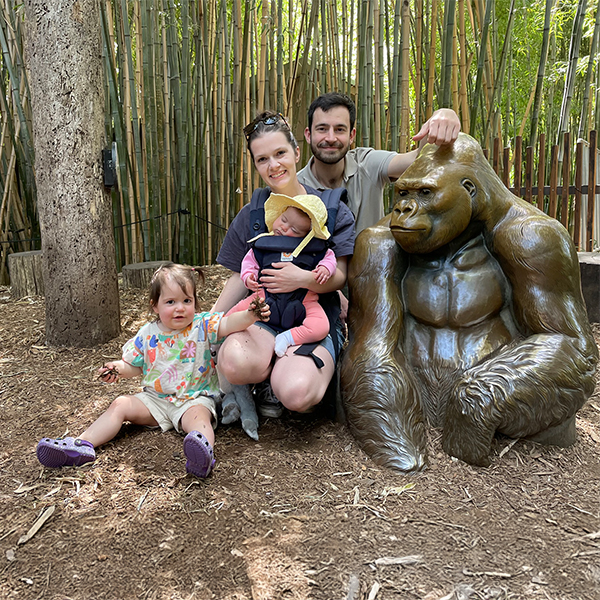
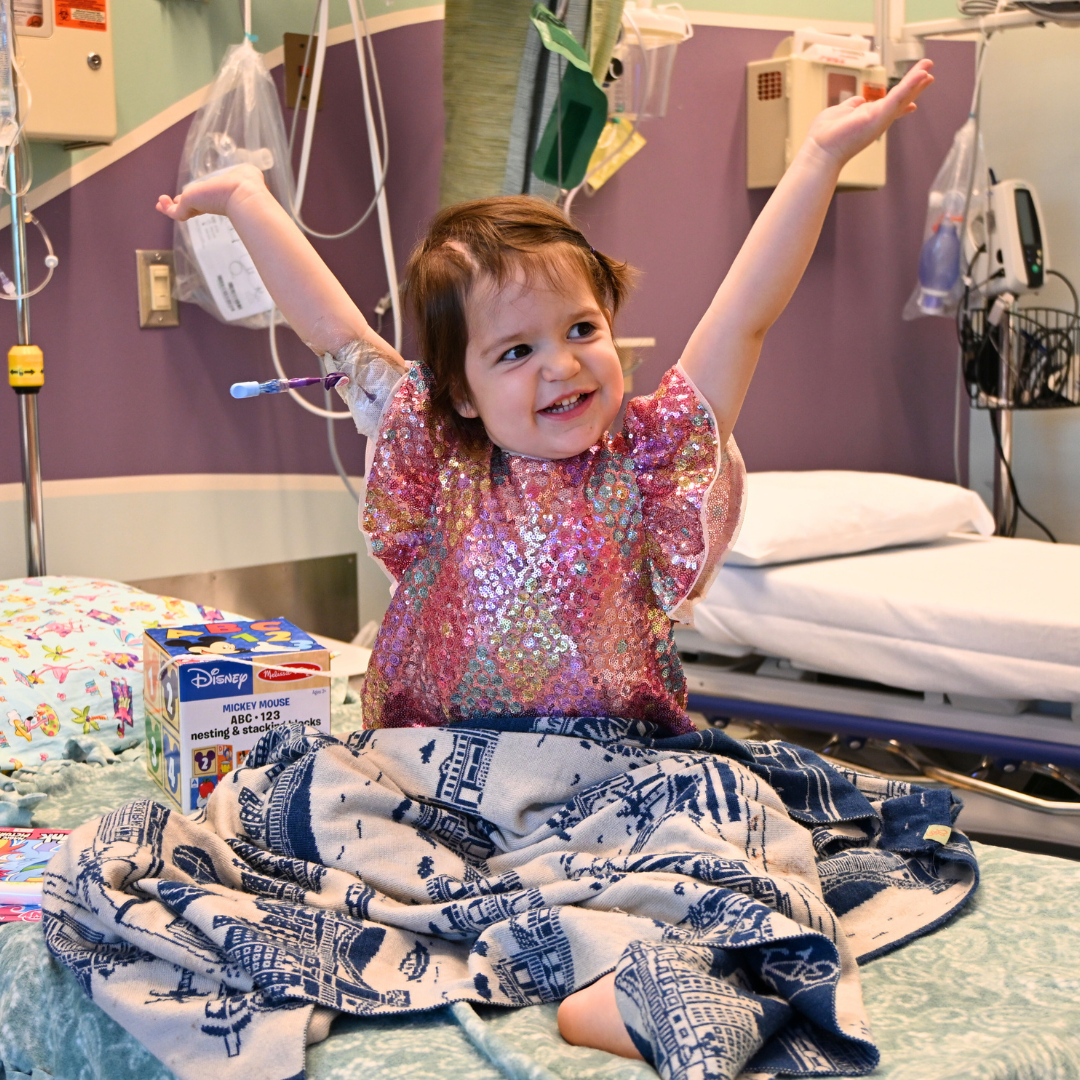
In Remission
The family returned from proton therapy in the USA at the start of August 2025, and Emily handled the treatment exceptionally well and is now in complete remission!
Apart from one difficult day, she bounced back quickly and was climbing trees just hours later. The family was able to live relatively normal lives outside of the hospital once treatment finished each morning by 10:30am, even getting to visit Disneyworld.
While Emily experienced some hair loss at the radiation site, it has started to grow back. She's now back to doing everything she loves, including attending daycare one day a week with no limitations, where she blends in with the other children just like any typical three-year-old.
Emily now has MRI scans every three months for monitoring, along with regular appointments with various specialists including Radio-Oncology, Oncology, Neurosurgery, Audiology, Ophthalmology, and Neuropsychology, as well as routine blood tests. These appointments are all for monitoring purposes only, with no treatment required.
Sarah says the family is incredibly proud of Emily and grateful for the breathing room they now have, though the anxiety never fully goes away.
"For everything ZERO has done for our Emily – preserving her crucial brain development for those extra few months by giving her the correct diagnosis, we can’t thank you enough," says Sarah.
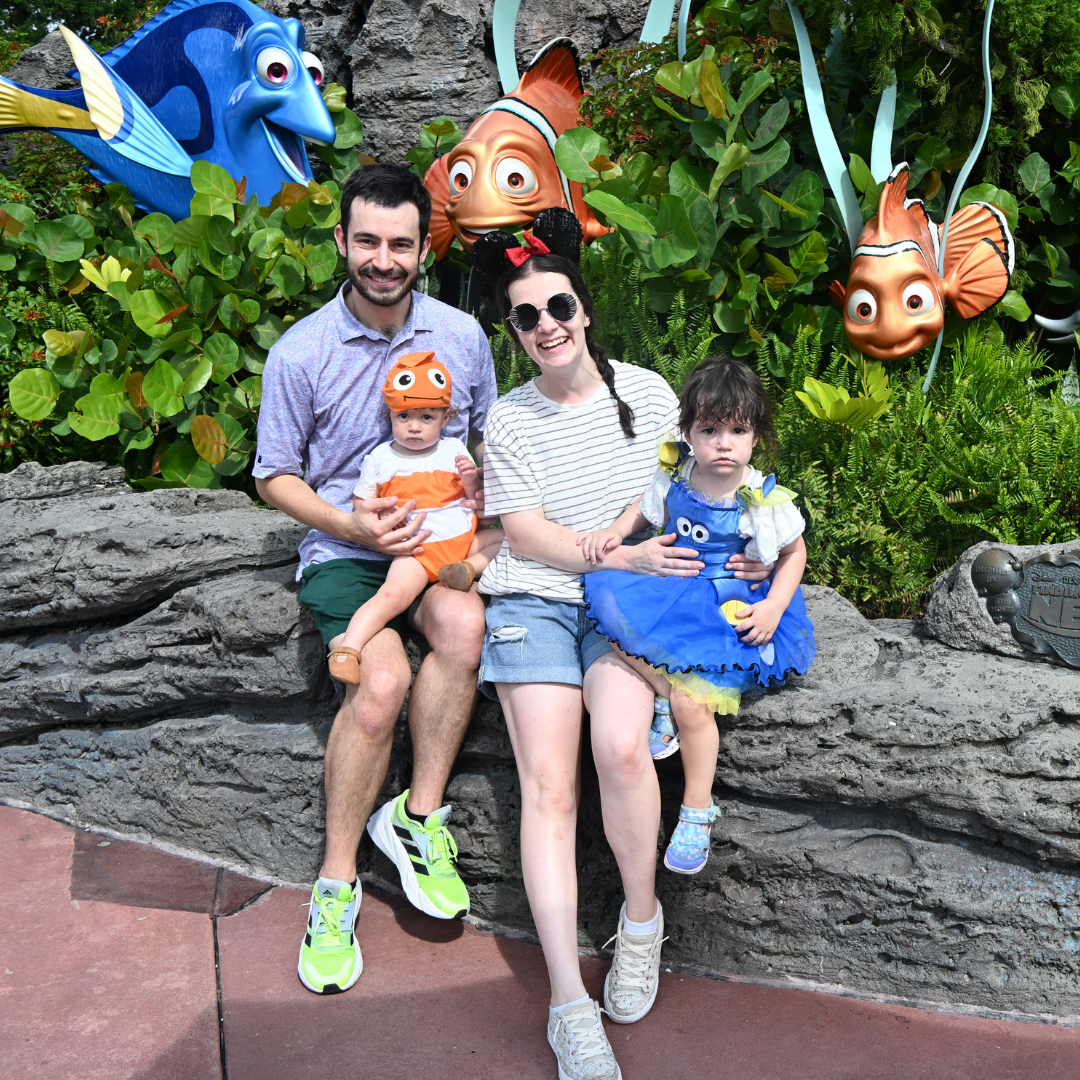
How you can help

Give a gift
By giving a gift today, you can make a difference to the lives of children with cancer.

Fundraising and events
Get involved in one of our events or create your own to help find better, safer treatments for children with cancer.

Partnerships
Join our diverse community of businesses, philanthropists and gamechangers, determined to help cure childhood cancer.
Share your story
Have you been touched by childhood cancer and would like to share your story? Please get in touch today.









